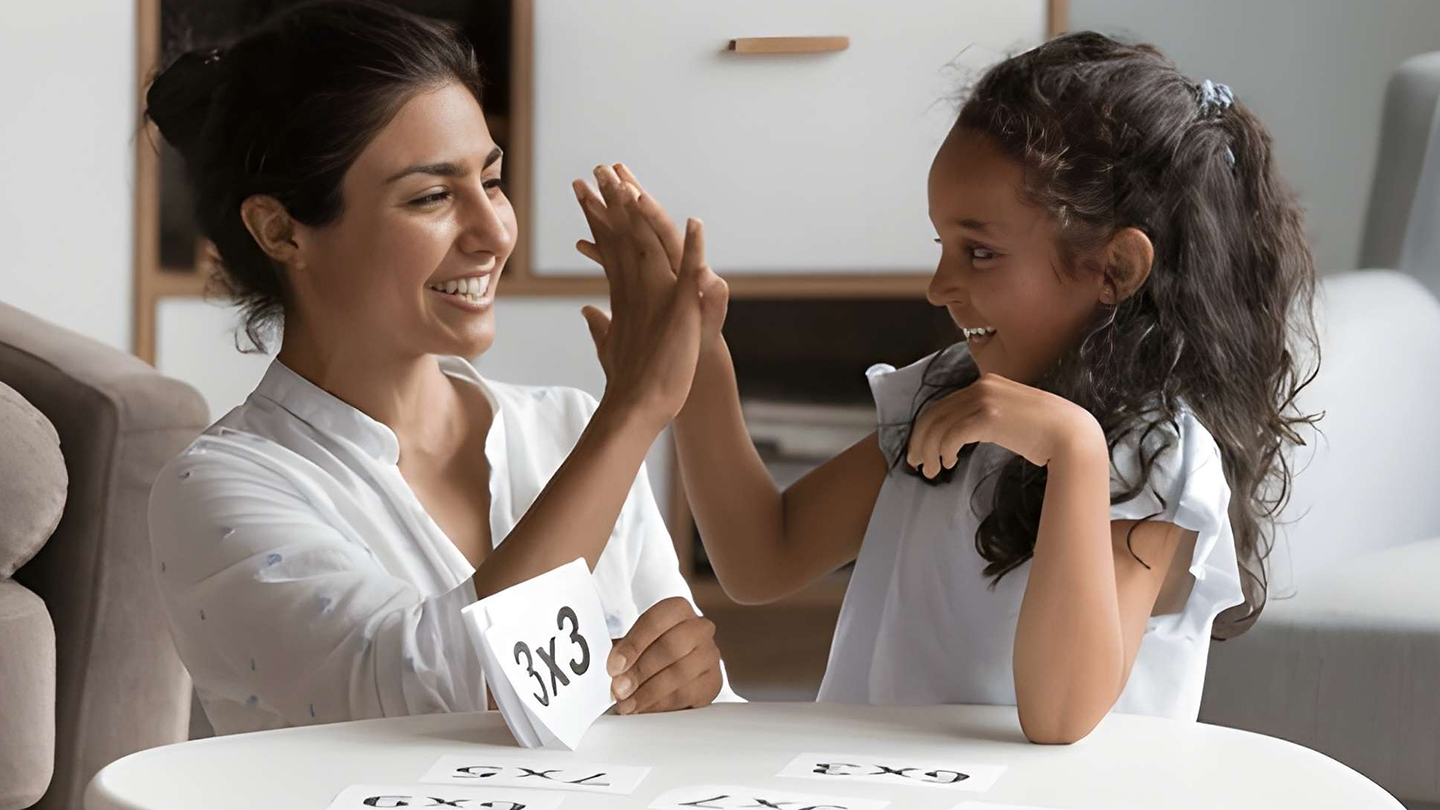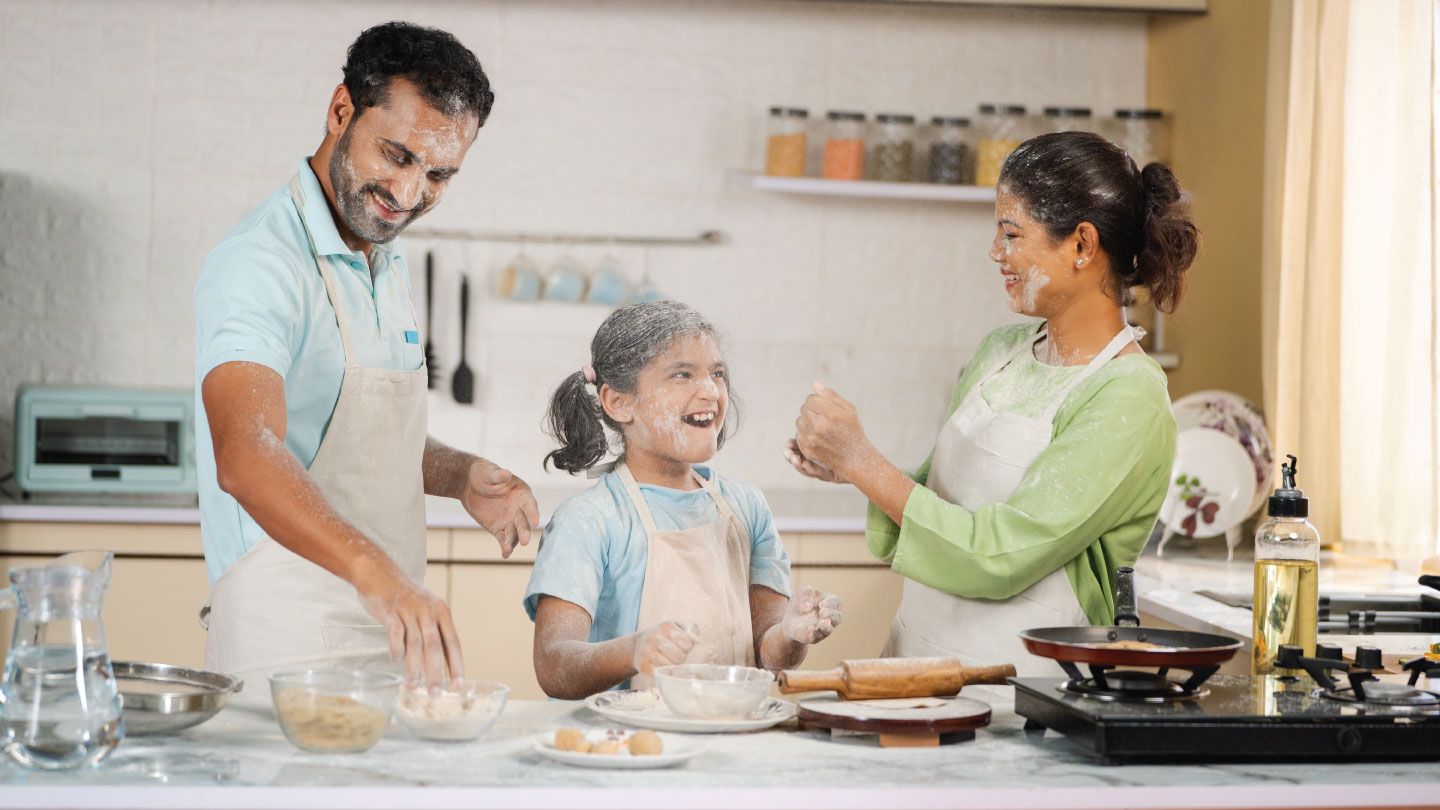Parenting
Conflict Resolution for Teens: Turning Conflict into Connection
Teenage drama is more than mood swings; it’s rooted in biology, culture, and communication gaps. Here’s how teens (and the adults around them) can resolve conflicts with empathy, humour, and strategy.

One minute, they are unbearably sweet; the next, they’re slamming doors over a curfew or refusing to speak because of a disagreement. Sound familiar? You’re not alone. Teenage conflict is incredibly common, and not just in your home. According to a 2024 study published in the International Journal of Multidisciplinary Approach Research & Science, over 54 percent of teens rely on destructive conflict styles, including yelling, withdrawing, or even physical aggression. But here’s the silver lining: Conflict isn’t always bad. In fact, it can be a powerful opportunity for growth if handled rightly.
Related story: How to Talk So Kids Will Listen
Why Teen Conflicts Feel So Explosive
Teenagers aren’t being “difficult” on purpose. There’s biology at play. During adolescence, the brain undergoes rapid development, particularly in areas responsible for emotional regulation and impulse control. That’s why minor issues can sometimes trigger big reactions.
A 2003 study published in the Journal of Pediatric Health Care found that teenagers often perceive their parents or siblings as the ones starting conflicts, while they themselves try to avoid arguments, until something pushes them too far. On the flip side, parents in the same study believed these disagreements were part of their job to teach responsibility and set boundaries. So when both sides see themselves as “reasonable” and others as “unfair,” it’s easy to see how conflict escalates.
Related story: Tips to Ease Sibling Conflict
The Indian Family Context: More Than Just Mood Swings
In Indian households, cultural factors can make things even more complex. In 2017, research by Sharma, Adolescent Dissent and Conflict Resolution in the Indian Context, issues like academic performance, gender norms, and family reputation (“log kya kahenge”) are frequent flashpoints. Add in traditional one-liners like “Because I said so” or “I know better, I’ve seen the world,” and it’s no wonder teens feel unheard.
While these statements might end the argument in the moment, they rarely solve anything. Instead, they often create distance.
Listening: The First Step Towards Resolution
Take the case of Clara, a teenager who wanted a treadmill at home to exercise. Her mother initially dismissed the idea, too bulky, too expensive. Clara lashed out, accusing her of being controlling. But instead of reacting defensively, her mother chose to pause and ask why Clara felt so strongly about it. Clara explained she was worried about staying active during the winter.
This real-life example, shared by Diane M. on the Small Talk, Big Results (2009), shows what can happen when we listen first and respond later. Eventually, they compromised on a second-hand treadmill that fit their budget and space. No yelling. No resentment. Just a productive conversation.
Related story: Teaching Boundaries to Teens
Teaching Teens the Art of Compromise
Not all teen conflicts happen at home. Peer disagreements over games, outings, or social media are common, too. But these smaller spats are excellent opportunities to practice compromise. The Pathway 2 Success (2024) shares conflict scenarios that help teens learn how to meet in the middle. Whether it’s choosing between tacos or pizza or resolving a group project assignment, these low-stakes situations build lifelong skills. If they can learn to compromise now, they’re better prepared for bigger issues later.
The Surprising Power of Humor
Research from ScholarWorks at the University of Montana (2015) shows that humor can be an effective tool in defusing tension when used appropriately. Cracking a well-timed joke or sending light-hearted memes can break the ice and shift the tone from conflict to connection. Of course, it has to be used sensitively, never mocked or dismissed, but when done right, it helps teens feel seen and respected.
When Teens Lead the Way: What We Can Learn from Them
In 2008, the University of Michigan News Service reported on an intergroup dialogue program in U.S. high schools where students from diverse backgrounds came together to talk about bias and misunderstanding. Initially hesitant, they eventually found common ground and even succeeded in changing school policies they felt were unfair. It’s a powerful reminder that when teens are given a safe space to speak and be heard, they can rise to the occasion and surprise us with their insights and leadership.
What Can Adults Do Differently?
Using a calm tone, non-judgmental language, and open-ended questions when dealing with teens in conflict is very effective. Here’s what that might look like in practice:
- Take a breath before responding. It’s a small pause, but it shifts you from reacting to responding.
- Listen actively, without interrupting. Teens often feel dismissed before they finish a sentence.
- Use “I” statements. For example, say “I feel concerned when…” rather than “You always…”
- Acknowledge their emotions. Even if you don’t agree, you can validate how they feel.
- Model what resolution looks like. Show them it’s possible to disagree without disrespect.
Related story: Helping Children Heal From Trauma
Conflict is inevitable, but disconnection doesn’t have to be. Whether you’re a parent, teacher, or counselor, you play a crucial role in teaching teens that healthy disagreement is part of life. With empathy, patience, and the right tools, every conflict can be a bridge, not a wall.
And when teens learn to resolve conflict now, they’re not just getting better at communication. They’re building emotional intelligence, confidence, and stronger relationships that will last a lifetime.
We see you! Get exclusive access to the best parenting advice from experts. Sign up today.
EXPLORE MORE
We’re told to encourage our kids, but could “amazing!” and “perfect!” actually fuel self-doubt? And is there a better alternative to encourage children?
From nutrition to physical activity, here’s a checklist for often-missed precautions.
You don’t need a fancy setup or expensive toys to boost your child’s brainpower. Here’s how Montessori-inspired home activities can foster focus, memory, and problem-solving skills.
Here’s how to help your kids and yourself ease back into calmer routines without losing your sanity.






.jpg)

